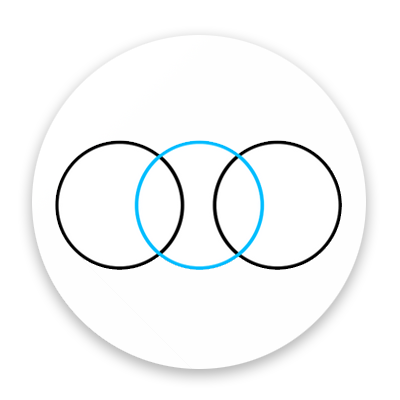'Free Cinema was a documentary film movement that emerged in England in the mid-1950s. The term referred to an absence of propagandised intent or deliberate box office appeal. Co-founded by Lindsay Anderson, though he later disdained the 'movement' tag, with Karel Reisz, Tony Richardson and Lorenza Mazzetti. The movement began with a programme of three short films at the National Film Theatre, London on 5 February 1956. The programme was such a success that five more programmes appeared under the Free Cinema banner before the founders decided to end the series. The last event was held in March 1959. Three of the screenings consisted of work from overseas film makers.'
'The films were 'free' in the sense that they were made outside the confines of the film industry and were distinguished by their style and attitude and the conditions of production. All of the films were made cheaply, for no more than a few hundred pounds, mostly with grants from the British Film Institute's Experimental Film Fund. Some of the later films were sponsored by the Ford Motor Company or funded independently. They were typically shot in black and white on 16mm film, using lightweight, hand-held cameras, usually with a non-synchronised soundtrack added separately. Most of the films deliberately omitted narration. The film-makers shared a determination to focus on ordinary, largely working-class British subjects. They felt these people had been overlooked by the middle-class-dominated British film industry of the time, displaying a rare sympathy and respect, and a self-consciously poetic style.
The founders were dismissive of mainstream documentary film-making in Britain, particularly of the documentary film movement of the 1930s and 1940s associated with John Grierson, although they made an exception for Humphrey Jennings. Another acknowledged influence was French director Jean Vigo (1905–34). Free Cinema bears some similarities to the cinéma vérité and Direct Cinema movements, and yet retains its uniqueness.'

